|
|
|||
|
(Back to Preceding Week; on to Next Week) |
|
SIGNS OF SPRING, 2008
Despite our current infatuation with hummingbirds and other things avian, every March we are reminded of times past when we were unimpressed with birds and preferred to take photos of flowering plants. Such was the case this week when a plethora of late winter and early spring plants were blossoming all at once, delighting our eye with diverse hues and flower structures. In honor of this annual spectacle, herewith we include a gallery of flower portraits from the acreage at Hilton Pond Center. Not all the plants we depict are natives, for the Center lies in the Carolina Piedmont--a widespread physiographic province so heavily fragmented by settlements and farmsteads that exotic cultivars are almost as abundant as native flowering species.
All text & photos © Hilton Pond Center The front porch entry way of the old farmhouse at Hilton Pond Center is framed by two evergreen shrubs planted long before we arrived in 1982. Both are Camellias--apparently Camellia japonica--and as the species names indicates are like many exotic plants in the Piedmont in that they are Japanese in origin. One of the Center's showcase Camellias bears variegated red and white flowers, while the other (above) has petals entirely red. The former starts blooming in December and loses almost all its flowers by mid-March, while the red one begins its flowering period in early January and ends in early April--hence its inclusion in this photo essay. Camellias are controversial among plant taxonomists who can't agree on the number of species (100 to 250) or cultivars and hybrids (perhaps 3,000). Of greater interest to laypeople is that commercial tea is made from an infusion of leaves and buds of Camellia sinensis--the Chinese Tea Bush Camellia.
Another exotic that started blooming back in February but is still making golden-yellow flowers is the almost ubiquitous Forsythia. This semi-woody shrub is also native to east Asia but its taxonomy is even more confusing than that of the Camellias. At Hilton Pond Center we seem to have two types: Forsythia x intermedia (a hybrid form) and F. suspensa. Pictured above is the hybrid, which grows more compactly and has brighter flowers that come a bit later in spring; F. suspensa, a more erect shrub, blooms earlier and has paler blossoms. When we first moved to the Center 26 years ago, F. x intermedia existed here as a single four-foot-wide backyard shrub. These days our Forsythia thicket is perhaps 30 feet by 30 feet, primarily due to the species' ability to produce new plants where its branch tips touch the ground. The resulting jumble of arching branches provides great winter cover for all sorts of ground-feeding birds and in late spring becomes a favored nesting spot for Eastern Towhees and Brown Thrashers.
One of our first native plants to flower each year is the Eastern Redbud, Cercis canadensis, which we traditionally consider to be the true sign of impending spring at Hilton Pond Center. As might be discerned from the shape of its flowers, the redbud is in the Pea Family (Fabaceae); as such, it is a legume. Most leguminous plants host nitrogen-fixing bacteria that, in turn, enrich the soil in which they grow, but Eastern Redbud does not. Although redbuds are indeed native, most specimens at the Center probably arrived thanks to our clandestine fall habit of "stealing" bags of raked leaves from curbside in the City of York and re-distributing their contents on our own property. Many York yards from which we gladly accepted this free mulch had understories of Eastern Redbuds, so seeds from those trees were an added bonus that resulted in dozens of pink-flowered trees around Hilton Pond. (That's also how we got everything from Nandina to Oregon Grape to say nothing of a good number of Flowering Dogwoods.)
Another early spring flower that brightens the landscape at Hilton Pond Center is the Blue Violet, Viola sororia (formerly V. papilionacea). This native perennial typically starts blooming before its serrated, heart-shaped leaves have erupted and continues as the foliage becomes taller, broader, and denser. Contrary to popular misconception, both flowers above are Blue Violets, although color in the lower specimen is limited to veins in the petals. Some homeowners we know consider this plant to be a "weed" and pull it up with a vengeance, replacing it with difficult-to-grow nursery plants. To them we say: "Open your eyes!" and "Use your noggin!"
And speaking of "weeds," botanists and horticulturists have several highly subjective definitions for that word.
One non-native plant that is almost universally considered to be a weed is illustrated above: The Common Dandelion,
Scientists once believed Ruby-throated Hummingbirds that arrived back in North America in early spring before green-up would perish without the presence of tree sap oozing from holes made by Yellow-bellied Sapsuckers. Although some hummers do make use of these "sapsucker wells," in the Carolina Piedmont there are several spring wildflowers that open just about when the first ruby-throats begin to show up. One of these is Trumpet Honeysuckle, Lonicera sempervirens, a native vine with intensely red blossoms (above). Trumpet Honeysuckle--like many of its relatives--produces sweet nectar that provides instant energy for a hungry hummingbird; in return, the hummer can't help but cross-pollinate when it probes the scarlet floral tube with its long tongue. Anyone who doubts the adaptive relationship between this thin, tubular inflorescence and the long, narrow bill of a ruby-throat doesn't really understand how nature works.
Our last two flowers this week are both roses--or at least they're in the Rosaceae, the family that includes numerous plants that bear five-petalled flowers. Our two plants both produce white flowers and edible fruit, but they came from very different places. The first is Chickasaw Plum, Prunus angustifolia (above), a native shrub that has been in flower locally since early March. This plant often forms dense thickets, probably the result of its making an abundance of drupes that may fall to the ground and sprout beneath the parent tree. A "drupe," by the way, is a fleshy fruit that encloses a seed within a stone or pit, as in a peach or plum. Chickasaw Plums are found across the U.S. south of a line from New York to Colorado, a distribution likely enhanced by birds that carried a cropful of plumseeds as they flew from place to place. The plum thicket at Hilton Pond Center probably got started that way, but it's not uncommon to see a single Chickasaw Plum growing along a fencerow--right where a bird perched and deposited the indigestible pit.
Bird-disseminated native plums are one thing, but how several 25-foot-tall Pear trees, Pyrus communis, originally got to Hilton Pond is a different matter. Pears are not native to the New World, but they're often found in old fields and--in our experience--frequently show up near established farm ponds in the Carolina Piedmont. In our case we think these trees were propagated by people--fishermen or farmers who had a Pear in a lunch box, dined on the fruit, and then casually pitched the uneaten core over a shoulder back in the 1970s. What seeds weren't eaten by Pine Voles or Cotton Rats eventually sprouted, so today the Center has fruit-yielding Pear trees patronized each summer by our ever-larger herds of White-tailed Deer. Incidentally, if you compare the Pear flowers above with one from Chickasaw Plum, it's easy to see why these two woody plants are classified together in the Rose Family. So there you have it--a hodgepodge of blossoms now on display at Hilton Pond Center. Four are natives that have flowered around these parts for ten thousand springs, while the others followed a similar phenology in their homelands in Europe or Asia. Regardless of how or when they got to the now-disturbed and heavily fragmented Carolina Piedmont, they all appropriately serve as our "Signs of Spring, 2008.
All text & photos © Hilton Pond Center
Comments or questions about this week's installment?
Thanks to the following fine folks for recent gifts in support of Hilton Pond Center for Piedmont Natural History and/or Operation RubyThroat: The Hummingbird Project. Your tax-deductible contributions allow us to continue writing, photographing, and sharing "This Week at Hilton Pond." (Please see Support if you'd like to make a gift of your own.)
"This Week at Hilton Pond" is written & photographed You may wish to consult our Index of all nature topics covered since February 2000. You can also use our on-line Hilton Pond Search Engine at the bottom of this page. For a free, non-fattening, on-line subscription to |
|
Make direct donations on-line via
Network for Good: |
|
|
Use your PayPal account
to make direct donations: |
|
|
If you like to shop on-line, you please become a member of iGive, through which more than 700 on-line stores from Barnes & Noble to Lands' End will donate a percentage of your purchase price in support of Hilton Pond Center and Operation RubyThroat. For every new member who signs up and makes an on-line purchase iGive will donate an ADDITIONAL $5 to the Center. Please sign up by going to the iGive Web site; more than 150 members have signed up to help. It's a painless, important way for YOU to support our work in conservation, education, and research. |
|
| The highly coveted Operation RubyThroat T-shirt (four-color silk-screened) is made of top-quality 100% white cotton. It highlights the Operation RubyThroat logo on the front and the project's Web address (www.rubythroat.org) across the back.
Now you can wear this unique shirt AND help support Operation RubyThroat: The Hummingbird Project and Hilton Pond Center. Be sure to let us know your mailing address and adult shirt size: Small (suitable for children), Medium, Large, X-Large, or XX-Large. These quality shirts don't shrink! Price ($21.50) includes U.S. shipping. A major gift of $1,000 gets you two Special Edition T-shirts with "Major Donor" on the sleeve. |
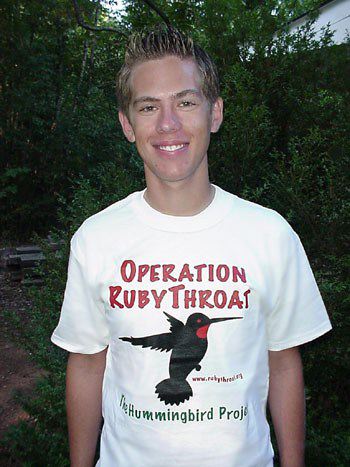
Need a Special Gift for a Want to make a If so, why not use our new handy-dandy on-line Google Checkout below to place your secure credit card order or become a Major Donor today? |
|
|
|
|
SPECIES BANDED THIS WEEK: * = New species for 2008 WEEKLY BANDING TOTAL 6 species 35 individuals YEARLY BANDING TOTAL (2008) 14 species 478 individuals 27-YEAR BANDING GRAND TOTAL (since 28 June 1982) 124 species 50,645 individuals
|
OTHER NATURE NOTES OF INTEREST --This week we've noted that Turkey Vultures seem active much later in the evening in skies over Hilton Pond. It may be that during winter it's more prudent to shut down early in time to get a warm roost site, or perhaps the TVs are required to be more active for longer periods as they are called upon to feed hungry vulture chicks still in the nest. --We saw our first Ruby-throated Hummingbird at suppertime on 31 Mar, when a fully gorgeted male with brilliant, pristine plumage appeared briefly at a feeder. Our record early RTHU for Hilton Pond Center is 27 Mar 1991.
|
|
|
|
(Back to Preceding Week; on to Next Week) Up to Top of Page Back to This Week at Hilton Pond Center Current Weather Conditions at Hilton Pond Center |
 You can also post questions for The Piedmont Naturalist |
Join the |
Search Engine for |
|
|
Online Diet Program

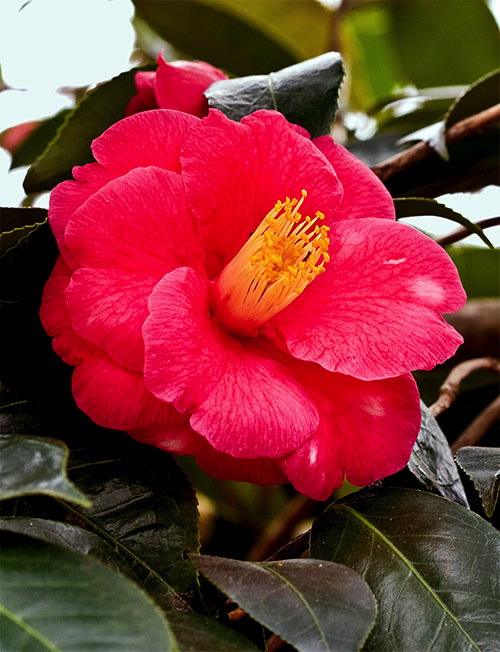
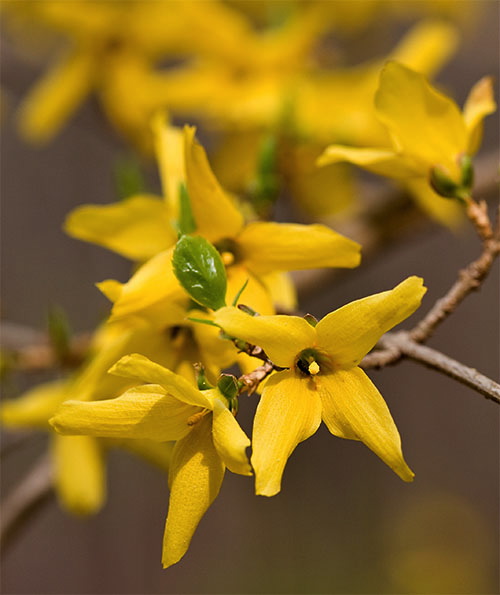
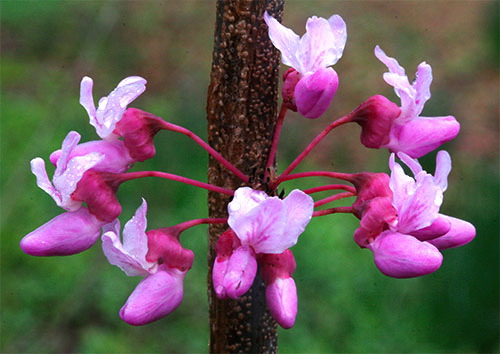
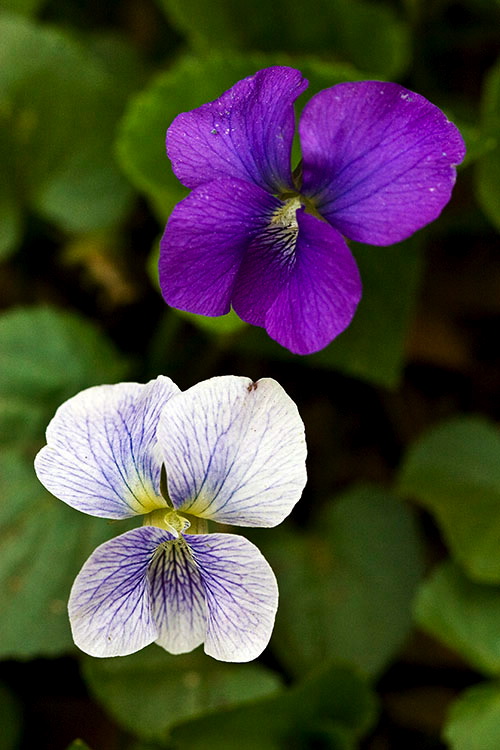
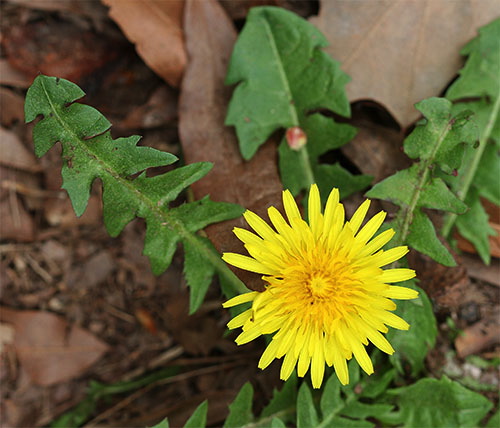
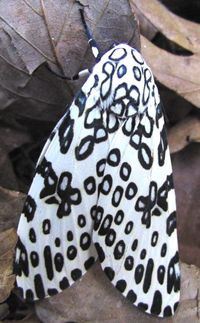 Taraxacum officinale. Despite the revulsion with which many folks view this native of Europe and Asia, some of this plant's virtues are well-known. For example, tender new Dandelion leaves make a fine spring salad, while the plant's taproot can penetrate hard-packed soil--making it usable by other less-aggressive flora. And if you happen to like the three-inch Giant Leopard Moth, Hypercompe scribonia (right), as we do, you'll be pleased to know its caterpillars dine on the foliage of Dandelions--and of Blue Violets, too. Again, beauty is in the beholder's eye, but for us the golden composite flower of Dandelion deserves a second look--not the disdain it almost universally receives from landscapers and lovers of monocultural lawns.
Taraxacum officinale. Despite the revulsion with which many folks view this native of Europe and Asia, some of this plant's virtues are well-known. For example, tender new Dandelion leaves make a fine spring salad, while the plant's taproot can penetrate hard-packed soil--making it usable by other less-aggressive flora. And if you happen to like the three-inch Giant Leopard Moth, Hypercompe scribonia (right), as we do, you'll be pleased to know its caterpillars dine on the foliage of Dandelions--and of Blue Violets, too. Again, beauty is in the beholder's eye, but for us the golden composite flower of Dandelion deserves a second look--not the disdain it almost universally receives from landscapers and lovers of monocultural lawns. 
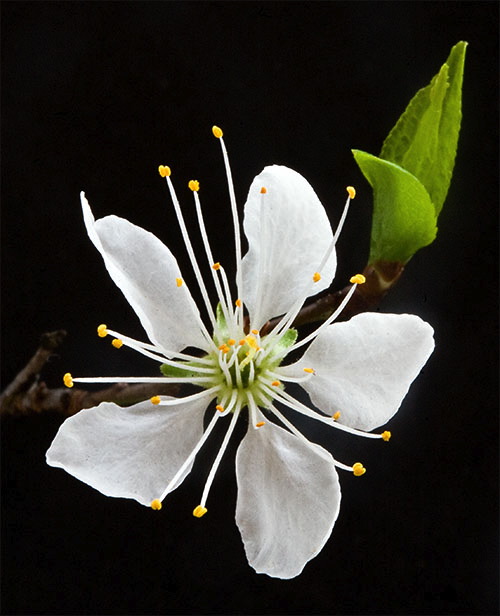
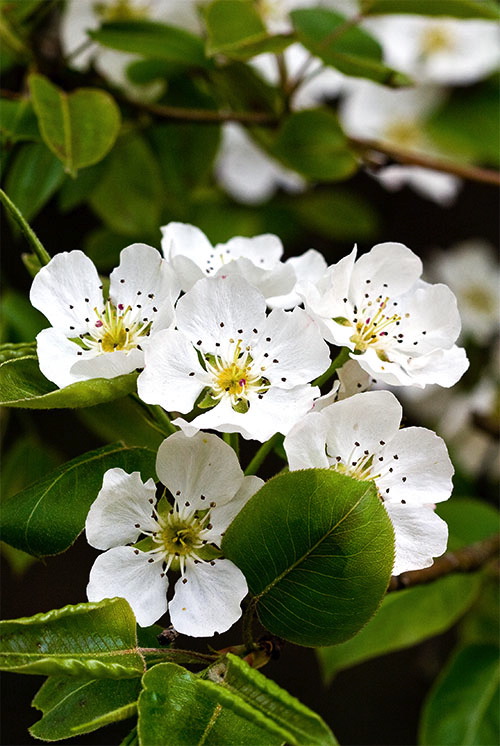


 Please report your
Please report your